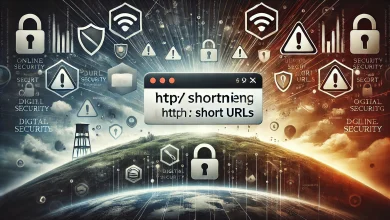Environmental sanitation is essential for long-term development. It improves quality of life and public health.
However, individuals’ physical and mental health are enhanced by a clean, well-kept environment. It also promotes a sense of civic duty and pride.
We will explore strategies for improving environmental sanitation in your town. These strategies help to create a cleaner, healthier, and more sustainable living environment.
What is environmental sanitation?
Environmental sanitation is a holistic approach to public health. It focuses on waste management, hygiene, and the environment.
It involves waste collection, disposal, recycling, clean water, and sanitation facilities to prevent disease.
What are the four types of sanitation?
- Personal Sanitation
Individual hygiene practices like handwashing, bathing, and oral care.
- Domestic Sanitation
It Involves proper waste disposal, clean water supply, and functional sanitation facilities.
- Food Sanitation
It Ensures food safety and hygiene from production to consumption.
- Environmental Sanitation
It Addresses broader environmental concerns like waste management, water treatment, and pollution control.
How to Improve Environmental Sanitation in Your Community?
Promote Clean Water Practices
clean water is essential for maintaining good hygiene. Work with the local government to guarantee continuous clean, safe drinking water availability.
Moreover, Inform the local population of the value of conserving water and finding and fixing leaks quickly. Respond quickly to any issues about water contamination.
Also, take action to protect nearby water sources.
Educate and raise awareness.
Effective change in environmental sanitation relies on informed individuals, awareness campaigns, and early education. It starts from a child’s development to instill good practices.
Moreover, leveraging digital platforms and social media promotes cleanliness and public health. They use workshops, seminars, and interactive sessions for this purpose.
Therefore, it is a more innovative solution to address environmental negligence.
Activate Cleanup Drives
Organizing regular cleanup campaigns, including septic tank cleaning, is essential to keeping public areas tidy. Encourage people in the community to become involved in these programs.
However, these programs entail picking up trash from parks, streets, and public spaces. These initiatives enhance the neighborhood’s aesthetic appeal and foster a sense of responsibility and ownership among its residents.
Encourage recycling and upcycling.
Encouraging upcycling and recycling can help cut down on waste production considerably. Establish easily accessible recycling facilities so locals can dispose of their recyclables.
It would help if you organized interactive events, exhibitions, or seminars that showcase creative uses for everyday items. Similarly, they promote a more environmentally conscious and sustainable lifestyle.
Promote Community Gardens
One comprehensive approach to environmental cleanliness is the use of community gardens. They allow people to grow their fresh vegetables and foster a sense of community involvement.
Also, they provide an opportunity to reclaim open places.
However, You should Plan seminars on sustainable farming practices, composting procedures, and efficient gardening techniques.
These gardens can serve as centers of education, teaching parents and kids about sustainability.
Get Involved in Your Watershed Group
Your actions affect the health of the nearest stream or river, regardless of how far away you live from it. A watershed is the land surrounding a body of water on Earth.
Determine which river belongs to you and whether it has a watershed group attached to it.
These groups often offer educational programs and excursions that teach individuals how to protect their watershed from the comfort of their backyard.
Encouraging upcycling and recycling can help cut down on waste production considerably. Establish easily accessible recycling facilities so locals can dispose of their recyclables.
It would help if you organized interactive events, exhibitions, or seminars that showcase creative uses for everyday items. Similarly, they promote a more environmentally conscious and sustainable lifestyle.
Effective change in environmental sanitation relies on informed individuals, awareness campaigns, and early education. It starts from a child’s development to instill good practices.
Moreover, leveraging digital platforms and social media promotes cleanliness and public health. They use workshops, seminars, and interactive sessions for this purpose




